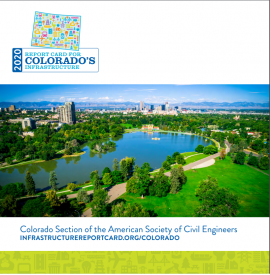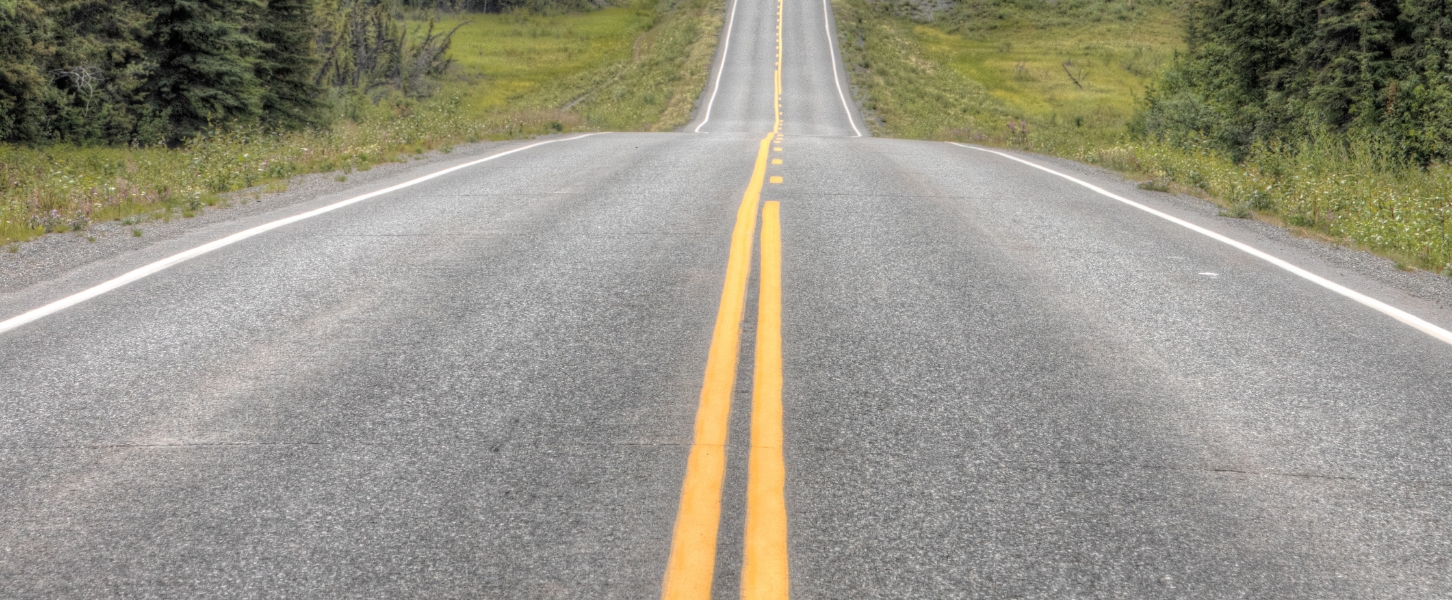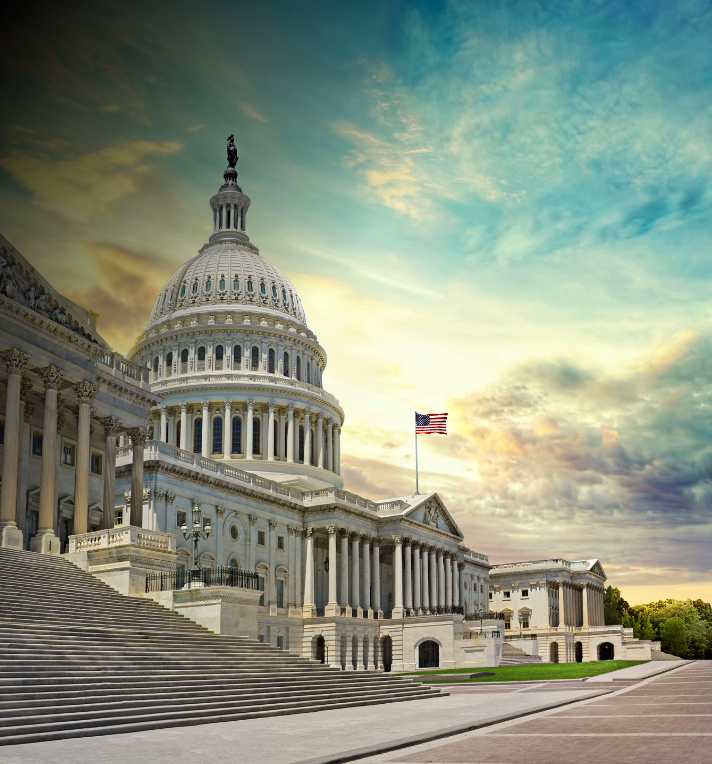2020 Colorado Infrastructure Report Card
2020 Report Card GPA: C-
Whether or not we realize it, Coloradans use infrastructure every day. When we’re driving over roads and bridges, taking a shower, or charging our cell phones, we’re relying on our built systems to support our daily lives. And it’s not just us as individuals – Colorado’s infrastructure supports our local businesses and industries by enabling agricultural products and manufacturing goods to get to market. The effects of weather, wear-and-tear, and increased use from a growing population all take their toll on our infrastructure. Regular maintenance can help extend the lifespan of an asset, but such maintenance requires robust and sustainable funding, something Colorado and the nation at-large are oftentimes lacking. Meanwhile, parts of Colorado’s infrastructure are going without routine inspections, meaning the condition of our infrastructure is unknown. While you may not think about infrastructure every day, civil engineers do. As part of our pledge to hold paramount the safety, health, and welfare of the public, the Colorado Section of the American Society of Civil Engineers (ASCE) provides a Report Card on Colorado’s Infrastructure. This Report Card presents information for every citizen and decision-maker so that they too can understand how Colorado’s infrastructure is faring and what can be done to improve the grades. If you drive, take the light rail, own a business, or take a shower — this Report Card is for you.
To read about how each category of infrastructure scored, keep scrolling or read the Report Card for Colorado’s Infrastructure Executive Summary.
-
Explore Colorado
- Grades
- State Fact Sheet
- IIJA Grants
Colorado Infrastructure Grades
A: Exceptional, B: Good, C: Mediocre, D: Poor, F: Failing
Each category was evaluated on the basis of capacity, condition, funding, future need, operation and maintenance, public safety, resilience, and innovation
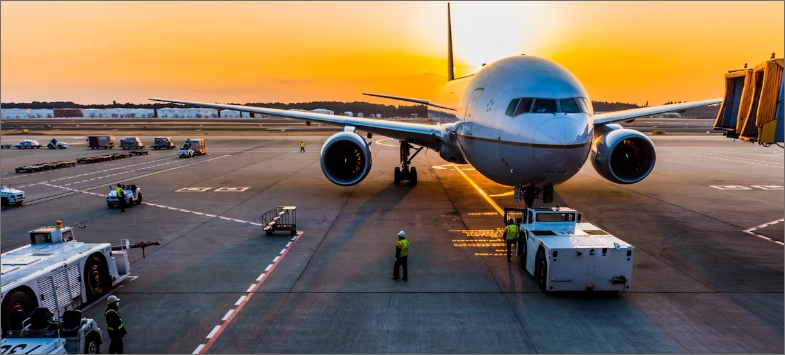

Aviation
There are 74 public use airports in Colorado listed in the National Plan of Integrated Airport Systems, nine of which classified for commercial service. Runway pavement condition is good; in 2018, the area-weighted pavement condition index for major and intermediate airport primary runways met the state’s goal. The 2018 runway pavement condition index remained essentially unchanged from the 2014 inventory, which indicates Colorado’s airport pavements have been adequately maintained the past four years. The largest airport in Colorado is Denver International Airport (DEN), which is the fifth busiest airport in the country and 18th in the world. In 2018, DEN served a record 64.5 million passengers. DEN airport has adequate capacity and room to expand. Smaller commercial airports across the state also collectively experienced an average 5% increase in passenger traffic over the past five years. In general, communities across the state have adequate access to airports, but some smaller communities are struggling to modernize their facilities to take advantage of the latest technologies.
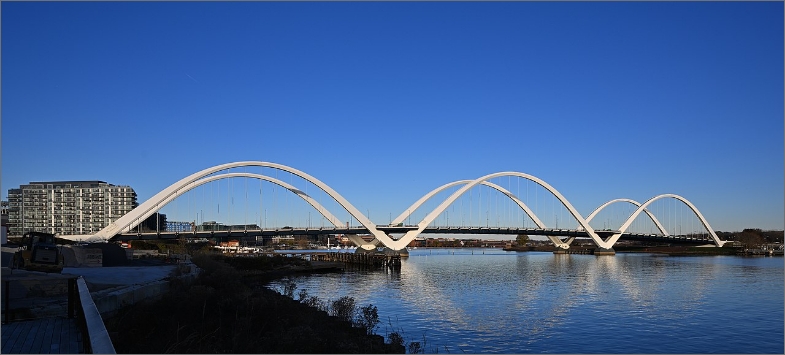

Bridges
Colorado boasts a wide variety of landscapes—including rivers, ravines, and mountainous terrain—and bridges are critical to ensuring access to all parts of the state. The overall condition of Colorado’s bridges is above average. Of Colorado’s 8,786 bridges, 5.4% are rated structurally deficient (SD) (4.1% by deck area). Bridges that are rated as SD are not unsafe, but they do require significant maintenance, rehabilitation, or replacement due to one of the key elements (deck, superstructure, or substructure) being rated as “poor” condition. This is better than the national average of 8.4% of SD bridges. However, CDOT still faces a bridges budget shortfall of $136 million per year over the next 10 years. Looking ahead, the state needs to raise its gas tax, support tolls and public private partnerships, and encourage emerging technologies and transit options to reduce the impact on bridge structures.
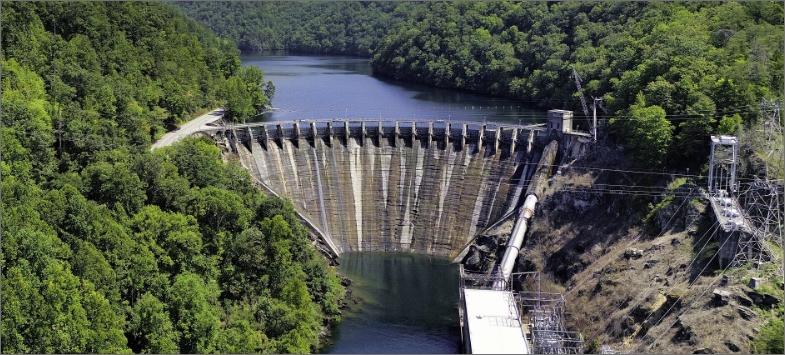

Dams
Colorado’s dams help ensure adequate water supply for urban and rural areas as well as provide flood protection, irrigation, hydropower, and recreation benefits. Colorado’s dam database shows Colorado is home to 431 high hazard dams. High hazard dams are defined as dams whose failure or mis operation is likely to result in the loss of human life. Fortunately, progress has been made in recent years toward addressing dam safety in Colorado. For example, the number and quality of Emergency Action Plans (EAPs) have significantly increased; today, approximately 98% of high hazard potential dams now have an EAP. A visionary plan to address the state’s widening water supply-demand gap is in the beginning phases of implementation. Nevertheless, major obstacles remain. Most dams in Colorado are privately-owned, and the cost associated with dam operation and maintenance remains a challenge for all dam owners. Some financial support is available for local government and private projects through the Colorado Water Conservation Board, but more is needed to combat the impacts of age and a changing climate.


Drinking Water
Three themes dominate the drinking water infrastructure sector in Colorado: a growing population, aging treatment facilities and conveyance pipes, and water consumption trends. The average age of the state’s major drinking water treatment facilities and conveyance pipes is approaching 50 years, meaning they are nearing or at the end of their service life. Currently, average monthly service charges in the state range from $20 to $60 for a household with a ¾ inch water tap. Revenue derived from monthly service charges is reinvested in the system. For example, Denver Water’s Pipe Replacement Program aims to replace around 60,000 linear feet of pipe each year. While capacity is currently sufficient, some rural areas are challenged to provide clean water to their constituents. In addition to operation and maintenance, the continued increase in population and community development brings increased demand for additional water supply projects and improvements to treatment plants and distribution systems.
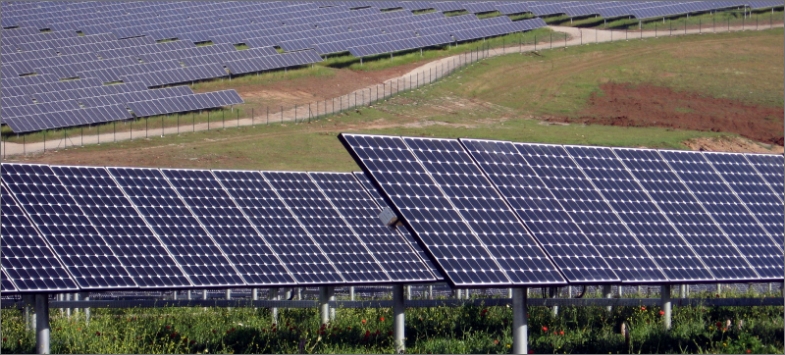

Energy
Colorado power plants generate more than 54,000 gigawatt-hours of electricity each year, placing the Centennial State 27th in the nation for production. In 2017, just over half of that electricity came from coal, with natural gas and renewables each providing just under one-fourth. Natural gas production has grown in recent years, but that growth has caused bottlenecks in the pipelines that move gas to markets. The fastest growing source of energy in Colorado is renewables, which doubled their output from 2010 to 2017, driven mostly by wind. The state’s energy grid faces challenges; the existing transmission and distribution lines were not built to accommodate large amounts of renewable energy. Additionally, distribution lines in particular are vulnerable to severe weather events, contributing to the average Coloradan experiencing 2.8 hours of power outages annually, according to industry-reported data. While this compares favorably to the national average of 5.9 hours per customer per year, each outage has major impacts on quality of life and productivity. In the near and long-term, wildfires, heavy winds, and floods will put increased stress on the state’s energy infrastructure.
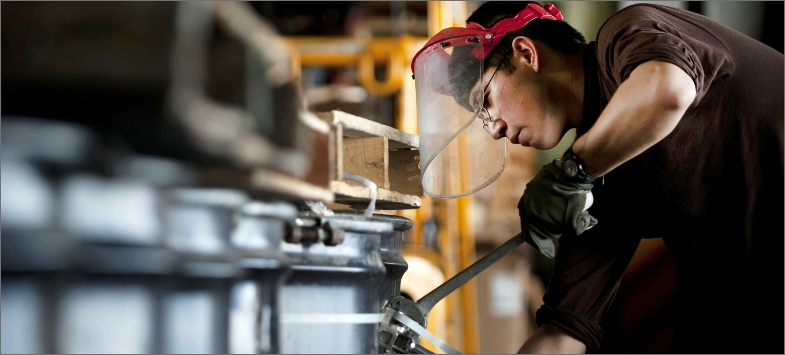

Hazardous Waste
Colorado has relied on industries that produce hazardous waste to strengthen and support its economy for over 100 years. Today, Colorado is home to 29 Superfund sites and 113 Brownfields. Superfunds contain hazardous waste that was mismanaged in the past and now poses a threat to public health or welfare of the environment. Brownfields are sites previously used for industrial or commercial purposes with known or suspected pollution. In addition to these existing sites, there are 4,584 facilities in Colorado that generate new hazardous waste every day, like hospitals, dry cleaners, oil refineries, and more. The current laws in place to protect the welfare of the public and environment may not be strict enough, and oftentimes the clean-up of hazardous waste falls to government programs instead of responsible parties. Meanwhile, government organizations like the Hazardous Materials and Waste Management Division of CDPHE can be understaffed and the federal and state government must decide how to maximize limited budgets.
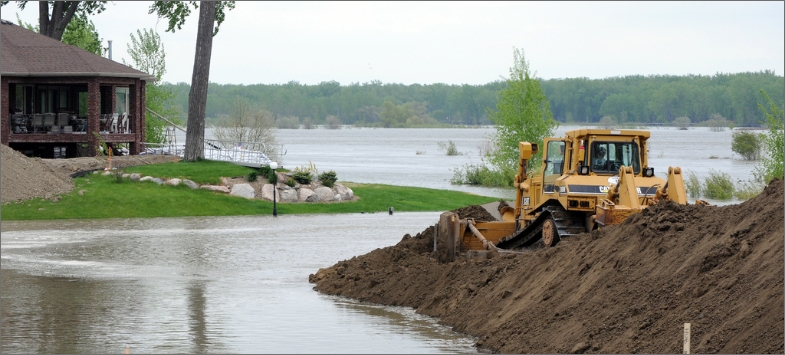

Levees
Levees are an integral tool in protecting people and property during flood events. Over 30,000 Coloradans live behind 61 known levee systems that also protect billions of dollars of water supply systems, bridges, roads, businesses and countless other critical infrastructure, education facilities, and treatment plants. Twenty of these levee systems are under the sponsorship of U.S. Army Corps of Engineer (USACE) and are regularly inspected. Three-quarters of these levees are in a minimally acceptable condition and one-quarter are in an unacceptable condition. The remainder of Colorado’s levees are owned and maintained by local municipalities, other state or Federal agencies, flood control districts, and similar entities. There are 15 levee systems in Colorado with unknown owners and many more may exist. The lack of a robust and accurate inventory of Colorado levees creates considerable issues about the condition of levee systems and the hazards these structures may pose. Where information on levee condition exists, the conditions are oftentimes poor.
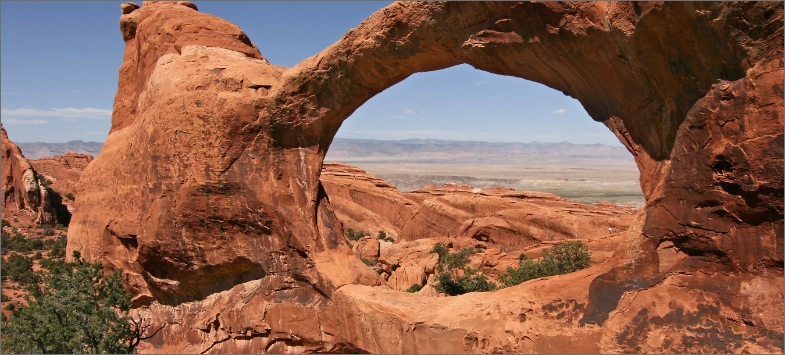

Public Parks
Colorado proudly maintains 12 national parks and monuments, 41 states parks, and numerous open areas, recreation areas, city parks, and trails across the state. Parks are crucial to Colorado’s economy, contributing approximately $62 billion annually to the state, including over 500,000 jobs. Despite their importance, many park agencies lack the financial resources to adequately maintain trails, restrooms, and more, especially as usage rates rise. Colorado Parks and Wildlife (CPW) reports a $14.4 million backlog of large capital construction and maintenance projects. The National Park Service identifies $247.6 million of deferred maintenance in the 12 parks and monuments managed in Colorado. Meanwhile, many local regions are losing green space to accommodate a rapidly growing population. Denver County land is currently 50% paved and is predicted to be almost 70% paved by 2040. However, CPW is helping to address the lack of green space through its Colorado the Beautiful Initiative that aims to have all Coloradans living within a 10 minute walk of a park system.
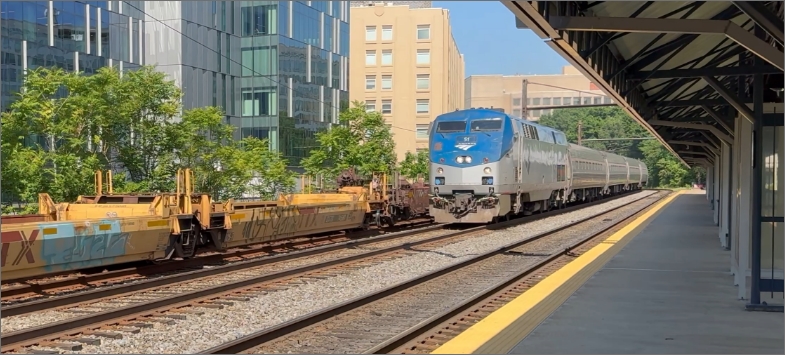

Rail
Every day, Colorado’s rail system transports 400,000 tons of goods—including coal, crude oil, lumber, cement, and grain—into, out of, and through the state. In those same 24 hours, Amtrak hosts 19,400 boardings over the whole Colorado passenger rail service. Class I rail lines transport the majority of goods over Colorado, while Class III (short-line) routes provide connections to local towns and key agricultural and natural resource producing regions. Two year-round passenger services run through the state and connect Colorado communities to each other and to neighboring states. Colorado rail is largely privately-funded and meets acceptable standards in most criteria, but still faces challenges. Short-line rail is underfunded and often struggles to maintain standards needed for Class I connectivity. Passenger rail seeks growth in funding to support underserved regions. Overall, investment needs require more development across the whole spectrum of freight and passenger rail. As population grows, and economic and environmental issues continue to affect Colorado, a safe, efficient, and reliably financed freight and passenger rail system is key to ensuring the success of the state and its residents.
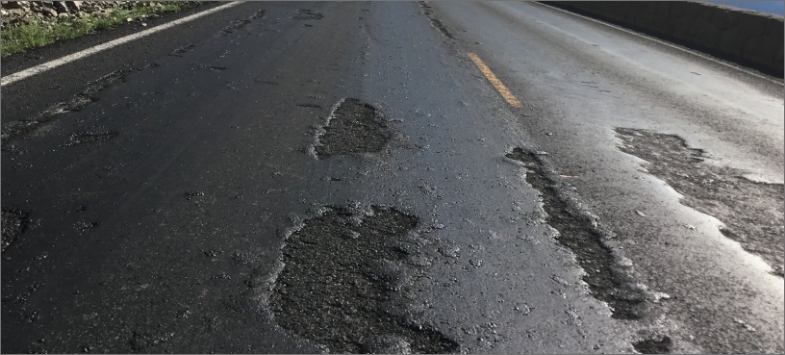

Roads
Colorado’s road conditions, although some of the most difficult in the nation to maintain due to the large number of mountain passes and elevation changes, are in better condition than the national average. In Colorado, 44% of roads are in good condition as compared to the national average of 28%. However, the natural beauty and economic opportunities that draw new residents to the state also lead to roadway congestion. While Colorado has some of the costliest maintenance challenges in the country, Colorado drivers pay approximately 13% less than the national average per gallon in gas taxes. As such, lower investments in operation, maintenance, expansion,
and innovation to Colorado’s roadways leads to additional costs to drivers. Costs borne by motorists for additional road repairs, traffic crashes and time lost in congestion is estimated to be $7.1 billion annually, or as much as $2,306 per driver in the Denver metropolitan area. Without an increase to the state’s gas tax, which has not been raised since 1991, adequate resources will not be available to address surface transportation conditions or roadway congestion moving forward.
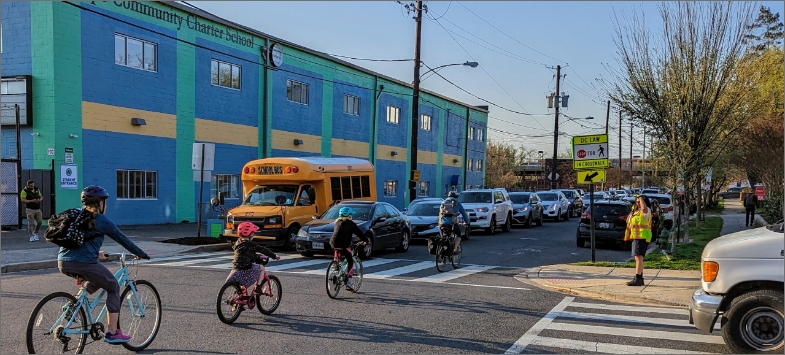

Schools
K-12 school system serves students that make up 16% to 18% of the state’s population of 5.7 million and employs an additional 2% of the population. In Colorado, there are 179 school districts that maintain 1,091 elementary, 284 middle, and 513 public high schools. Of these 179 districts, 108 are small rural, and 40 are rural; 79 districts have fewer than 500 students. These districts and schools educate almost 1 million children across Colorado every year. Yet school facilities, overall, have needs that far exceed the funding available for necessary replacements, repairs, or upgrades, adding up to an approximately $14 billion funding gap. The typical funding mechanisms and budget process do not accommodate long-term planning to address school facilities’ needs. Often the school facility funding discrepancies in Colorado are driven by the local economy and property taxes within a district.
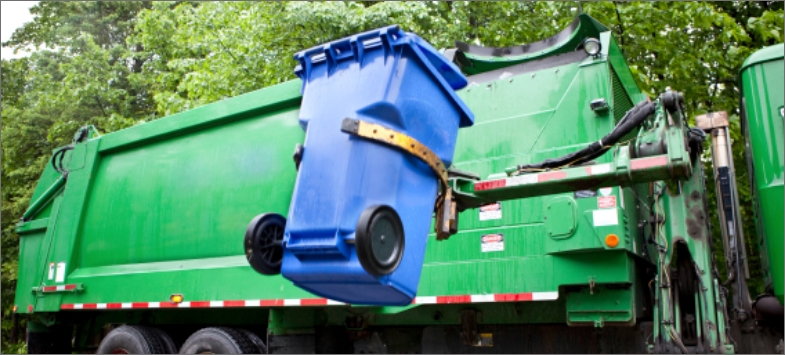

Solid Waste
Coloradans generated about 8.87 million tons of municipal solid waste (MSW) in 2018, of which approximately 80% was deposited in landfills—an amount that has plateaued in recent years. Municipal solid waste includes everything that is thrown into a trash can or recycling bin. Much of the transport and disposal of MSW is user-funded and managed by the private sector, and is sufficiently funded. Capacity is currently sufficient. However, of concern is that only 17.2% of MSW is diverted to recycling and composting facilities, instead of landfills. This diversion rate is much lower than the national diversion rate of 35.6%. There is a need to change the public’s perception of how solid waste is generated, managed, and potentially used as a resource. The solid waste sector in Colorado could benefit from more understanding that much of what is routinely discarded may, in fact, be reusable.


Transit
In general, Colorado’s transit networks have made consistent strides over the years, despite funding shortfalls. Parts of Colorado are home to award winning rural transit agencies like the Roaring Fork Transportation Authority, which services a growing winter tourism industry. Meanwhile, ridership is growing on the Bustang, Colorado’s state-owned and operated interregional bus system. In the Denver-Boulder metropolitan area, approximately 6.5% of workers take transit provided by the Regional Transit District (RTD). However, transit is not without its challenges. RTD’s light rail ridership declined by 4.5% from 2014 to 2016, following a national trend. According to Colorado Public Interest Research Group, Colorado had a statewide funding gap of $574 million per year for rural and urban transit. Facing funding shortfalls, some agencies and the state are forced to cut bus service, which in turn decreases ridership and increases operating costs. Robust and sustainable funding from the state is critical to the long-term health
of transit in Colorado, which helps combat congestion, improves air quality, and provides mobility services to an aging population.
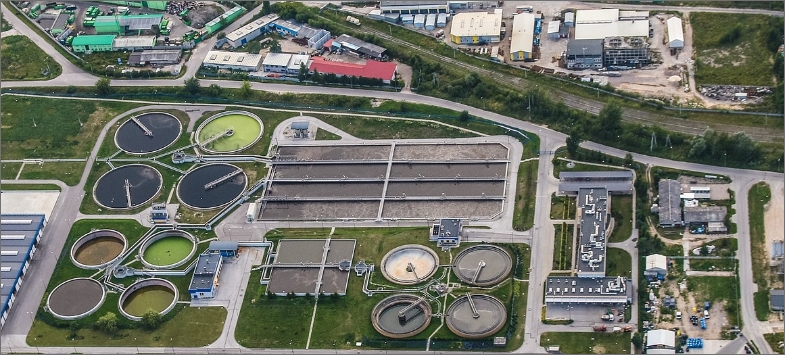

Wastewater
Wastewater infrastructure is an often-overlooked element of the infrastructure puzzle due to the lack of visibility and the public’s common practice of taking the benefits of this infrastructure for granted. In Colorado, there are an estimated
16,000 miles of public sewers and approximately 10,000 miles of private lateral sewers. With population on the rise in Colorado and regulatory requirements continuing to tighten, improvements to maintain and replace aging systems and to improve treatment quality are needed. Funding for operation, maintenance, and construction of sewers and treatment plants remains at a deficit, with wastewater utility rates unable to cover associated costs and state and federal funding faring much the same. The U.S. Environmental Protection Agency estimates that over a 20-year period, Colorado’s wastewater systems will require $4.69 billion to upgrade and maintain systems in a state of good repair. Fortunately, some utilities are increasing their levels of investment. Meanwhile, innovative use of treated wastewater provides an opportunity to increase available treated water to supplement the state’s water supply, reducing water scarcity.
State Fact Sheet
Download Fact Sheet
Aviation
$118.5 million in 2024 airport improvement grants across 14 major airports

Drinking Water
$12.1 billion total drinking water need

Transit
91 million passenger trips across 49 systems in 2023

Bridges
8,965 bridges, 4.8% of which were structurally deficient in 2024

Hazardous Waste
24 Superfund sites

Wastewater
$9.8 billion total wastewater need

Dams
472 high hazard dams

Levees
66 miles of levees protect 29,600 residents

Roads
48% of roads are in poor or fair condition

Connect with Your Legislators
Let everyone know how important it is that we continue to invest in the future of America’s infrastructure.
Take Action Today


